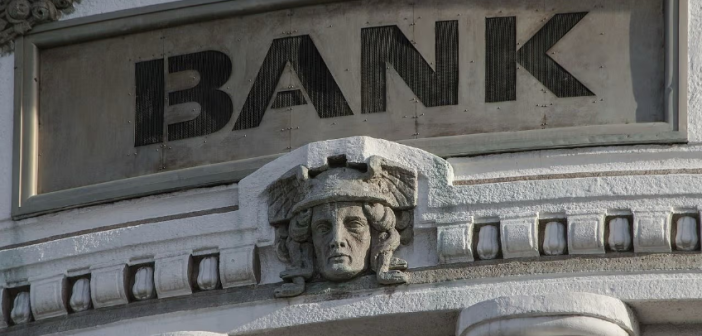The US banks discuss joint stablecoin launch, with major financial institutions like JPMorgan, Bank of America, Citigroup, and Wells Fargo exploring this initiative to stay competitive in the rapidly evolving crypto landscape. According to The Wall Street Journal, these discussions, though in early stages, involve payment services Zelle and Clearing House, which are owned by these banks. This move reflects a broader trend of traditional finance embracing blockchain technology, driven by the growing influence of cryptocurrencies, regulatory shifts, and the need to modernize payment systems. Key factors include the potential of stablecoins to streamline transactions, the GENIUS Act’s regulatory framework, and the strategic pivot away from central bank digital currencies (CBDC).
Why Are US Banks Interested in Stablecoins?
The US banks discuss joint stablecoin launch to counter the growing dominance of crypto-based payment systems. Stablecoins, digital tokens pegged to assets like the U.S. dollar, enable faster and cheaper transactions compared to traditional banking systems, where international transfers can take days. For instance, stablecoins like USDT and USDC, with a combined market cap of over $213 billion, dominate 87% of the stablecoin market. The US banks discuss joint stablecoin launch to retain clients who might otherwise turn to these alternatives, especially as tech giants and retailers increasingly adopt digital currencies, posing a risk of deposit outflows from traditional banks.
The Role of Regulatory Support
A significant driver behind the US banks discuss joint stablecoin launch is the evolving regulatory landscape. The GENIUS Act, which passed a key Senate vote this week, aims to establish clear rules for stablecoin issuance, requiring full backing by dollar assets and annual audits for large issuers. This regulatory clarity, coupled with the Trump administration’s pro-crypto stance, encourages banks to innovate. David Sacks, Trump’s appointee for crypto policy, stated that stablecoins could generate “trillions in demand” for U.S. Treasury bonds overnight, reinforcing the dollar’s global dominance. The GENIUS Act impact on stablecoins thus provides a legal foundation for banks to proceed with confidence.
Stablecoins vs. CBDC: A Strategic Shift
The US banks discuss joint stablecoin launch as an alternative to a central bank digital currency (CBDC), which Trump has explicitly opposed. In February 2025, Federal Reserve Chair Jerome Powell confirmed the Fed would not pursue a CBDC under his leadership, aligning with Trump’s executive order prioritizing dollar-backed stablecoins over CBDCs. Stablecoins offer banks a way to modernize payments without relying on a government-issued digital currency, which could centralize control and reduce banks’ intermediary role. This shift highlights a broader strategy to integrate blockchain technology while maintaining the dollar’s influence in digital finance.
Challenges and Competition
While the US banks discuss joint stablecoin launch, challenges remain. The project’s success hinges on regulatory approval, market demand, and competition from existing stablecoins like USDT, which holds $120 billion in U.S. Treasuries as reserves. Additionally, some banks are exploring tokenized deposits as an alternative, which could compete with stablecoins by offering blockchain-based solutions directly to clients. Outside the U.S., critics like ECB’s Piero Cipollone argue that stablecoins diminish banks’ roles by cutting fees and client bases, pushing for alternatives like a digital euro. Despite these hurdles, the GENIUS Act impact on stablecoins may pave the way for broader adoption in the U.S. financial system.
“RBC-Crypto” does not provide investment advice; this material is published solely for informational purposes. Cryptocurrency is a volatile asset that can lead to financial losses.




